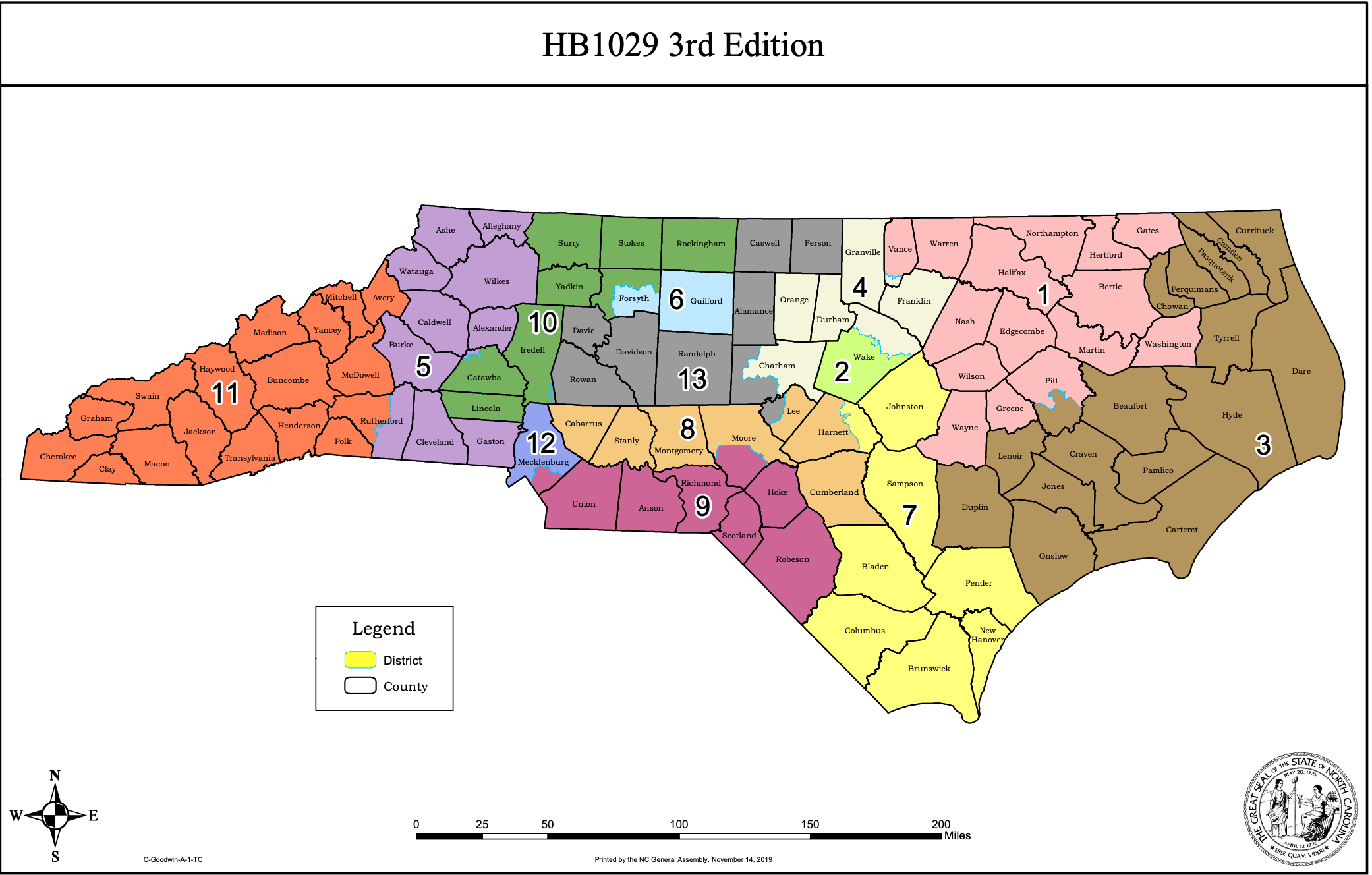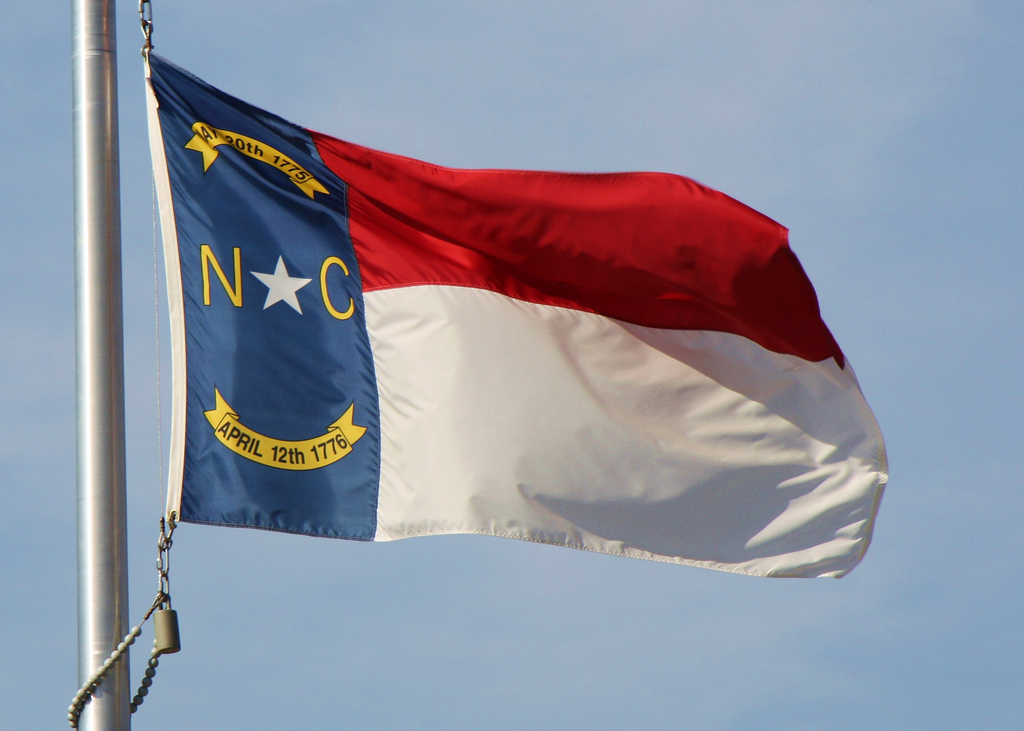Every 10 years, the United States Census Bureau counts and takes statistics on residents living in the U.S.
These numbers are important because, among other things, they dictate how many seats each state gets in the U.S. House of Representatives and how federal money is distributed.
Director of Carolina Demography at the Carolina Population Center Rebecca Tippett says that as the 2020 Census approaches, she is seeing North Carolina’s population grow in ways that are new to her.
“For the first four and a half years of my job, this was a pretty straight-forward story,” says Tippett. “It was almost always the same: Wake and Mecklenburg [counties] were driving growth, Brunswick [county] is booming as well; it was actually the fastest growing county in the state, and about half of the counties had lost population. In the last two years, we have seen an emergence of growth patterns that aren’t new necessarily, but they’re new to this decade.”
The pattern that she is referring to is more people moving to suburban and even exurban areas of the state, with counties like Chatham, Cabarrus and Johnston growing faster than more concentrated, urban counties like Wake and Mecklenburg.
According from Tippett, this growth is not coming from inside the state.
“Because of population aging, we are having more deaths than before. Fertility is down, so we have fewer births,” says Tippett. “So what we’ve seen is just a really big increase in in-migration, particularly domestic migration, or people moving here from other states.”
The reasons for this domestic migration trend could vary from economic opportunity, quality of life or even the weather.
One thing that’s clear is that North Carolina continues to grow at a fast pace.
“What we’ve seen is that North Carolina’s overall growth as a state has really rebounded a little bit,” says Tippett. “We still aren’t at the same super-high level that we saw in the mid 2000s, but we continue to grow faster than the nation.”







Comments on Chapelboro are moderated according to our Community Guidelines